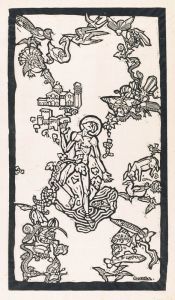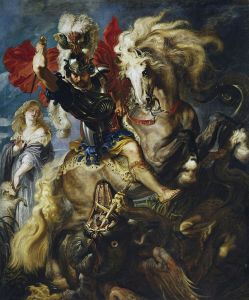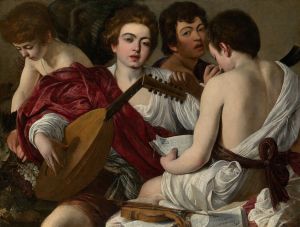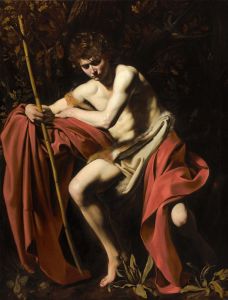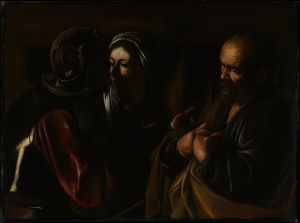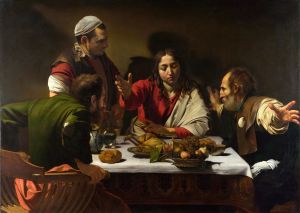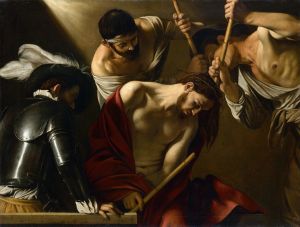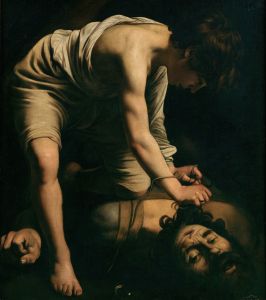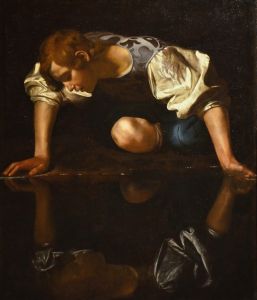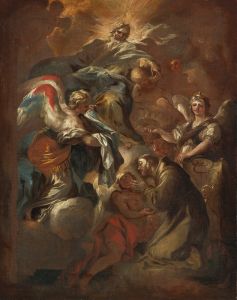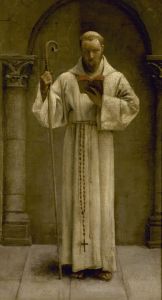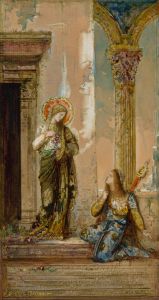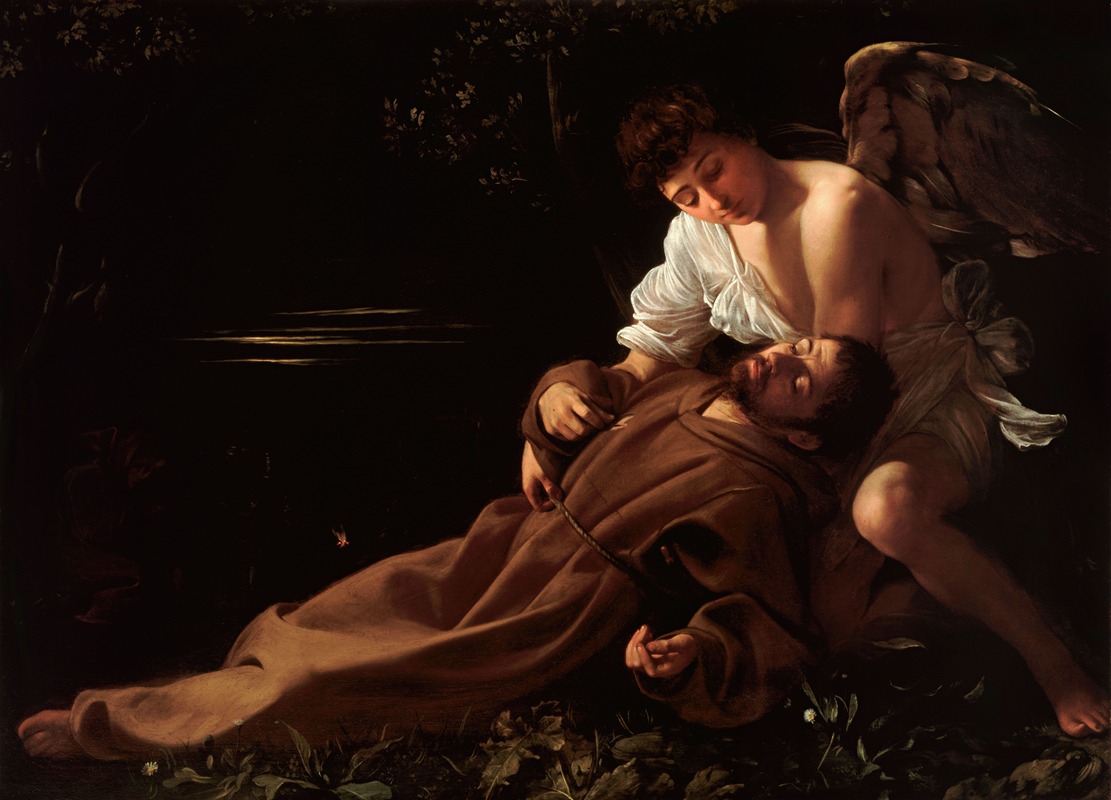
Saint Francis of Assisi in Ecstasy
A hand-painted replica of Caravaggio’s masterpiece Saint Francis of Assisi in Ecstasy, meticulously crafted by professional artists to capture the true essence of the original. Each piece is created with museum-quality canvas and rare mineral pigments, carefully painted by experienced artists with delicate brushstrokes and rich, layered colors to perfectly recreate the texture of the original artwork. Unlike machine-printed reproductions, this hand-painted version brings the painting to life, infused with the artist’s emotions and skill in every stroke. Whether for personal collection or home decoration, it instantly elevates the artistic atmosphere of any space.
Saint Francis of Assisi in Ecstasy is a painting by the Italian Baroque master Michelangelo Merisi da Caravaggio, created around 1595. The work is an oil on canvas and is considered one of Caravaggio's early religious masterpieces. It depicts Saint Francis of Assisi, the founder of the Franciscan Order, in a moment of spiritual ecstasy, likely referencing the saint's reception of the stigmata, the wounds of Christ, as described in Christian tradition.
The composition shows Saint Francis lying on the ground, supported by an angel. His head is tilted back, his eyes closed, and his expression conveys a sense of profound spiritual experience. The angel, depicted with a serene and tender demeanor, cradles the saint gently, emphasizing the intimate and mystical nature of the scene. The background is dark and undefined, a hallmark of Caravaggio's use of tenebrism, which creates a dramatic contrast between light and shadow, drawing the viewer's attention to the figures.
Caravaggio's naturalistic approach to religious subjects is evident in this painting. Saint Francis is portrayed with a sense of humanity and vulnerability, rather than idealized or overly stylized features. The folds of his simple brown habit, the texture of his skin, and the angel's soft, almost tangible presence all reflect Caravaggio's commitment to realism and his ability to evoke emotional depth.
The painting is believed to have been commissioned by Cardinal Francesco Maria Del Monte, an early patron of Caravaggio, who played a significant role in the artist's career. Del Monte's patronage allowed Caravaggio to explore religious themes with a level of creative freedom that was innovative for the time. The exact circumstances of the commission and the original location of the painting remain unclear.
Today, Saint Francis of Assisi in Ecstasy is housed in the Wadsworth Atheneum Museum of Art in Hartford, Connecticut. It is one of the earliest examples of Caravaggio's religious works and demonstrates the artist's emerging mastery of dramatic lighting, emotional intensity, and naturalistic detail, elements that would come to define his influential style.
This painting holds an important place in the history of Baroque art, as it exemplifies Caravaggio's ability to merge the spiritual and the human, creating works that resonate deeply with viewers.





